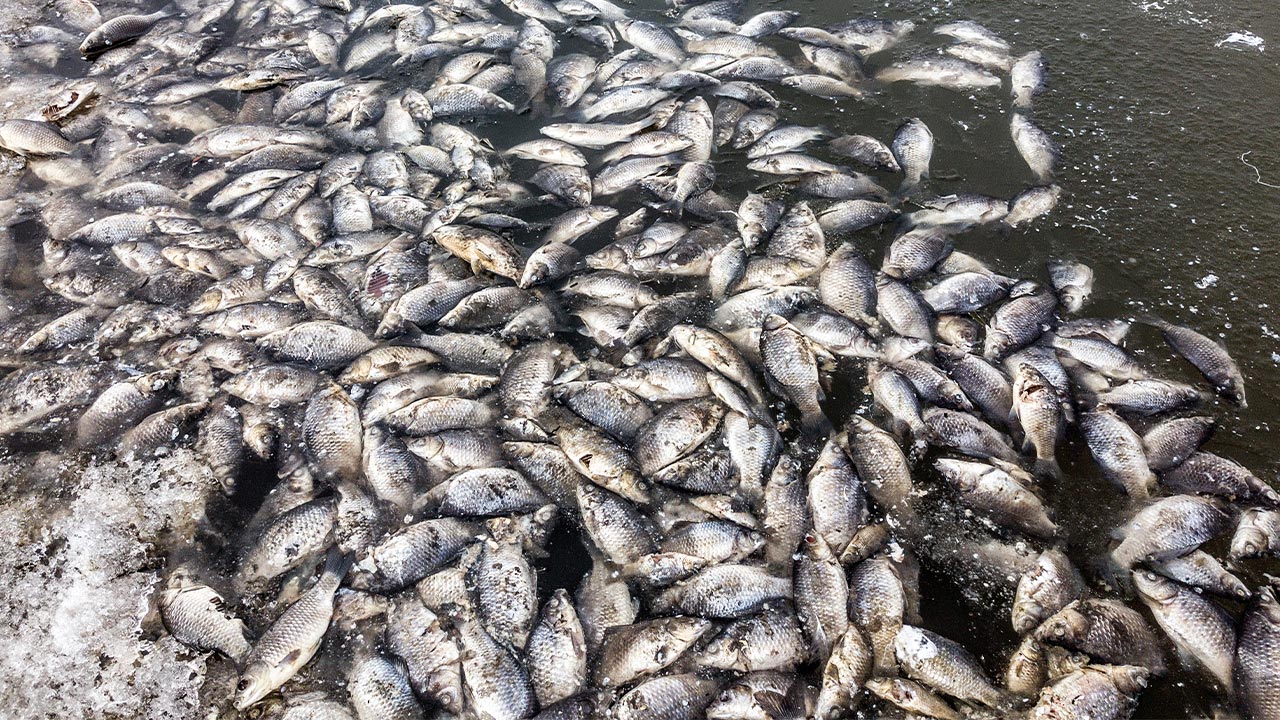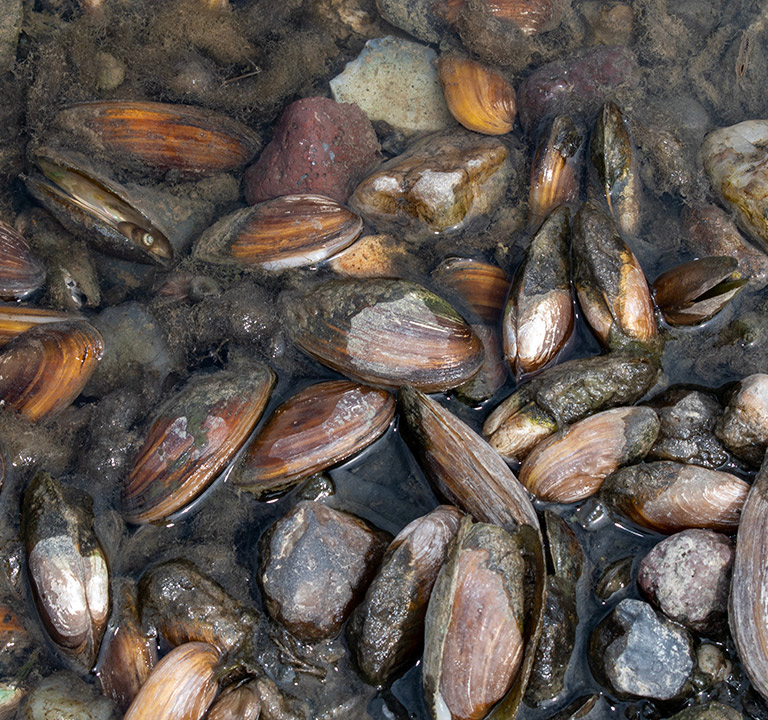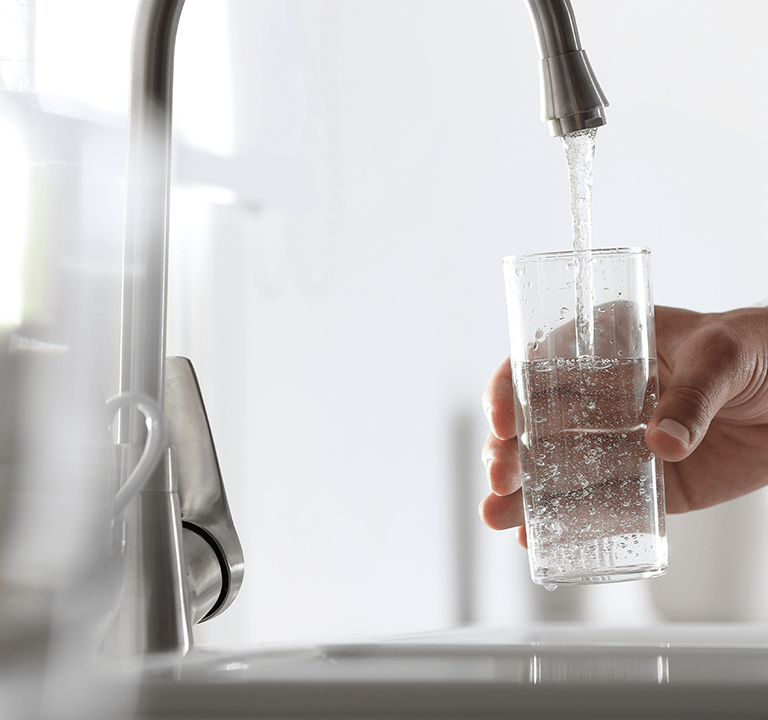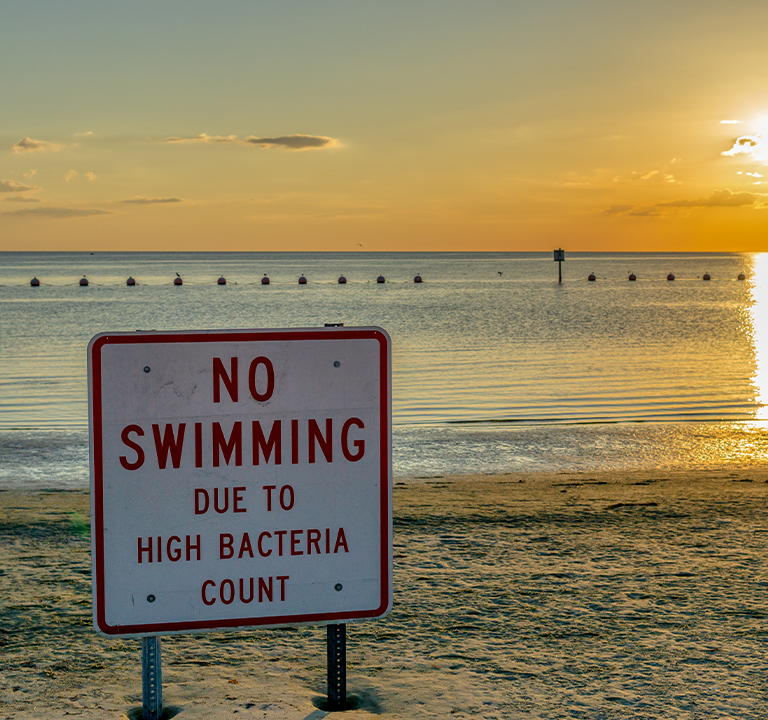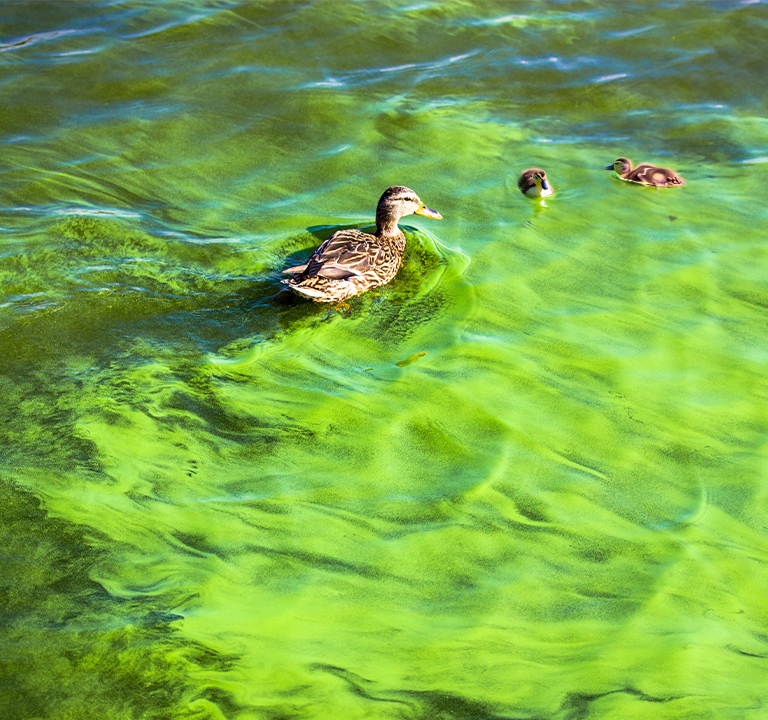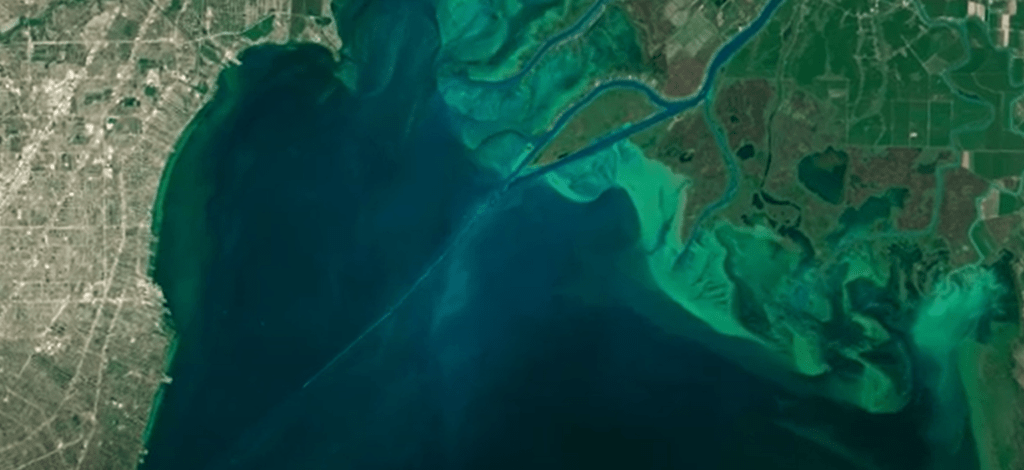The news coverage over the past several years has offered story after story of fish kills around the globe. And the stories – along with the disturbing images that accompany them – are a startling reminder of the impact that humans have on the environment around us:
- Manila, Philippines – 2019 – https://gulfnews.com/world/asia/philippines/philippines-fish-turn-up-dead-due-to-polluted-water-1.67106023
- Poland/Germany – 2022 – https://www.bbc.com/news/world-europe-62536918
- Iowa, U.S. – 2023 – https://iowacapitaldispatch.com/2023/04/04/farmers-fined-for-fertilizer-creek-contamination-and-fish-kill/
- Georgia, U.S. – 2024 – https://allongeorgia.com/chattooga-local-news/chattooga-river-dnr-says13946-fish-were-killed-as-result-of-the-anhydrous-ammonia-spill/
Fish kills are caused by a sudden increase in ammonia in a body of water, typically from agricultural runoff, sewage discharge, or an ammonia leak or accidental discharge of ammonia from an industrial facility. In natural environments, which ordinarily contain nominal amounts of ammonia, it is converted by bacteria to nitrites and nitrates – healthy doses of which aid plant and organism growth. Excessive amounts of ammonia that haven’t been converted can be toxic to fish, causing gill damage, impacting blood chemistry, and ultimately leading to death.
Everything in moderation
Ammonia is a natural biproduct of fish and animal metabolism, excreted as a nitrogen-based waste product. But as with many components of a delicate ecosystem, higher-than-normal amounts of any one component can become an issue. Such is the case with ammonia. A fish tank, which isn’t cleaned or maintained regularly, can lead to serious issues for the fish and aquatic organisms in the tank, due to a buildup of ammonia. It’s no different in the natural world. Inconsequential amounts of ammonia excreted from fish in a body of water isn’t an issue; it can be absorbed and processed without concern for the wellbeing of the fish. However, excessive amounts of ammonia suddenly introduced to the aquatic environment – due to an industrial accident or agricultural runoff event – can wreak havoc and cause widespread death and destruction to the fish and other organisms in the ecosystem.
Fish kills and nutrient pollution
Ammonia is the most basic form of nitrogen, and naturally occurring nutrients (primarily nitrogen and phosphorus) at normal levels in oceans, lakes, rivers and other bodies of water are healthy, as they support the growth of algae and aquatic plants. These algae and plants in turn provide food and habitat for fish, shellfish, and smaller organisms that live in the water. Too much nitrogen and phosphorus create what is referred to as nutrient pollution.
Why is nutrient pollution a problem?
Nutrient pollution, created by excessive levels of nitrogen and phosphorus in bodies of water, typically originates from industrial fertilizer or waste runoff from factory farming, industrial facilities, or wastewater treatment plants. These increased levels of nutrients can deteriorate water quality, as algae can grow rapidly, reducing or even eliminating the oxygen supply and reducing the exposure to sunlight. Nutrient pollution has been exacerbated by climate change, with increased water temperatures (more conducive to algae growth) and bigger storms (heavier rainfall leading to increased erosion leading to a greater influx of nutrients from the runoff). Nutrient pollution leads to habitat damage, loss of aquatic life, drinking water contaminated with toxins and bacteria, and ultimately negative impacts on human health. According to the New York State (U.S.) Department of Health, contact with contaminated surface waters can cause diarrhea, nausea, or vomiting; skin, eye, or throat irritation; and allergic reactions or breathing difficulties.
As much as wastewater treatment plants have been identified as a critical solution for implementing technologies aimed at addressing nutrient pollution, it is an all-too-common occurrence in communities around the U.S. and around the globe. It is estimated that the cost of treating and preventing nutrient pollution – in the U.S. alone, between the years 2010 and 2020 – cost more than $1 billion, and that figure is expected to rise as global temperatures rise. Ammonia and nutrient pollution will continue to wreak havoc on our water supplies, from our biggest oceans to our smallest rivers and streams, unless we take a serious look at the use of industrial fertilizers and agricultural runoff – and begin to make changes – as if our world depends on it.
